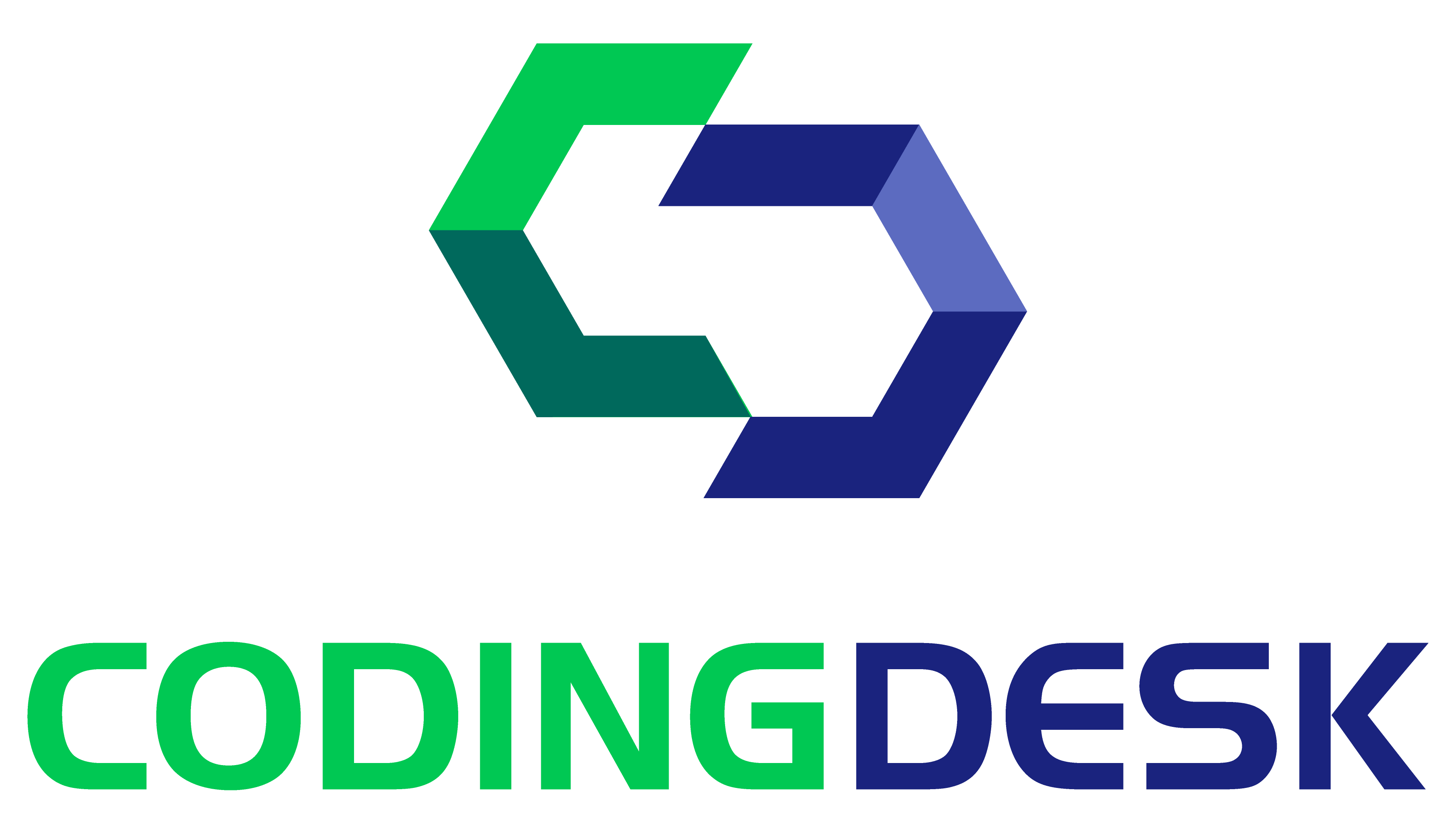Introduction.
Python is one of the most popular programming languages today, and for good reason. It’s easy to learn, versatile, and powerful. In 2023, there are many reasons why you should learn Python, whether you’re a beginner or an experienced programmer. In this blog post, we’ll explore some of the main reasons why you should consider learning Python in 2023.
Python is a popular language for beginners.
Python is an excellent language for beginners because of its simple and easy-to-learn syntax. The language is designed to be as user-friendly as possible, and it is often used in schools and universities as a first language for teaching programming.
One of the biggest advantages of Python for beginners is the large number of resources available for learning. There are countless books, online courses, and tutorials that can help you get started with Python, regardless of your experience level. Additionally, the Python community is very active, and there are many forums and discussion groups where you can get help and advice from experienced programmers.
Python is versatile.
Python is a versatile language that can be used in a wide range of applications. It is commonly used for web development, data analysis, scientific computing, and artificial intelligence. This versatility means that if you learn Python, you’ll have a wide range of options for what you can do with it.
Web development with Python is particularly popular, thanks to frameworks like Django and Flask. These frameworks make it easy to build complex web applications quickly and easily, with a minimum of fuss. If you’re interested in building web applications, learning Python is a great place to start.
Python is great for data analysis.
Python has become a popular language for data analysis in recent years. This is largely due to the availability of powerful libraries like NumPy, Pandas, and Matplotlib, which make it easy to work with large datasets and create visualizations.
Python’s popularity in the data analysis world is also due to the fact that it is an interpreted language. This means that you can quickly prototype and test code without the need for lengthy compilation processes. This makes it an ideal language for data scientists who need to experiment with data and iterate quickly.
Python is great for artificial intelligence and machine learning.
Python is one of the most popular languages for artificial intelligence and machine learning, thanks to the availability of powerful libraries like TensorFlow, PyTorch, and Keras. These libraries make it easy to build and train neural networks, and to work with large datasets.
Python’s popularity in the machine learning world is also due to its versatility. Because it is a high-level language, it’s easy to express complex ideas in a concise and readable way. Additionally, because it is an interpreted language, it’s easy to experiment with different approaches and iterate quickly.
Python is in high demand.
Python is one of the most popular programming languages in the world, and it’s in high demand across a wide range of industries. This means that if you learn Python, you’ll be in a strong position to find employment in a variety of fields.
In particular, there is a high demand for Python programmers in the tech industry. Python is commonly used for web development, data analysis, and machine learning, which are all areas that are in high demand. Additionally, because Python is a versatile language, it’s often used in industries like finance, healthcare, and retail.
Python is easy to read and write.
Python is designed to be easy to read and write, which means that it’s easy to write code that is both efficient and understandable. This is particularly important when working on large projects with multiple developers, where readability can help to ensure that code is consistent and maintainable.
Python’s simple syntax and readability are a result of its design principles, which emphasize clarity and simplicity. This makes it easy to understand and modify code, even for developers who are not familiar with the specific project or domain.
Python has a large and supportive community.
Python has a large and supportive community of developers, who contribute to its development and create new libraries and frameworks. This community is one of the biggest strengths of Python, as it ensures that the language is constantly evolving and improving.
The Python community is also very active and supportive. There are many online forums and discussion groups where developers can get help and advice from other developers. Additionally, there are many Python conferences and meetups where developers can connect with other developers and learn about the latest developments in the language.
Python is great for automation.
Python is a powerful language for automation, which means that it can help you automate repetitive and time-consuming tasks. This is particularly useful for tasks like web scraping, data extraction, and file management, where Python can help you save hours of manual work.
There are many libraries available for Python that make automation tasks easier. For example, the Beautiful Soup library makes it easy to parse HTML and XML documents, while the Requests library simplifies HTTP requests. Additionally, there are libraries like PyAutoGUI and Selenium that can help you automate GUI interactions and web testing.
Python has a bright future.
Python has been around since the early 1990s, but its popularity has really taken off in the last decade. As we head into 2023, there are no signs that this popularity is going to wane. In fact, it’s likely that Python will continue to grow in popularity as more and more developers discover its versatility and ease of use.
In addition to its current popularity, Python also has a bright future. The language is constantly evolving, with new libraries and frameworks being developed all the time. Additionally, there are many exciting developments happening in the world of artificial intelligence and machine learning, and Python is at the forefront of these developments.
Python is widely used in scientific computing.
Python has become a popular language for scientific computing in recent years, thanks to its ease of use, powerful libraries, and open-source nature. Many scientists and researchers use Python for tasks like data analysis, simulation, and visualization.
Python’s popularity in the scientific computing world is due in large part to libraries like NumPy, SciPy, and Matplotlib, which make it easy to work with large datasets and create visualizations. Additionally, there are libraries like Pandas and Seaborn that make it easy to work with data in a way that is familiar to scientists and researchers.
Python is a language for the future.
Python’s popularity and versatility mean that it is likely to remain an important language for the future of software development. As we move into an era of artificial intelligence and machine learning, Python’s ease of use and powerful libraries make it an ideal language for working with large datasets and training neural networks.
Additionally, Python is a language that is constantly evolving. New libraries and frameworks are being developed all the time, which means that Python is constantly growing and improving. This makes it a language that is likely to remain relevant and useful for years to come.
Python is easy to integrate with other languages.
Python is a language that is easy to integrate with other languages. This is particularly useful when working on projects that require different languages to be used together.
For example, Python can be used with C and C++ to create high-performance applications. Python can also be used with Java and .NET, which makes it possible to create applications that run on different platforms.
Python can also be used as a scripting language to control other applications. For example, Python can be used to automate tasks in Adobe Photoshop or to control robotic devices.
Python has a large ecosystem of libraries and frameworks.
Python has a large and active ecosystem of libraries and frameworks. These libraries and frameworks make it easy to solve common programming problems and to build complex applications more quickly.
For web development, Python has popular frameworks like Flask, Django, and Pyramid. These frameworks make it easy to build web applications quickly and efficiently.
For data analysis and scientific computing, Python has popular libraries like NumPy, Pandas, and SciPy. These libraries make it easy to work with large datasets and to create visualizations.
For machine learning and artificial intelligence, Python has popular libraries like TensorFlow, PyTorch, and Keras. These libraries make it easy to train neural networks and to work with large datasets.
Python is cross-platform.
Python is a cross-platform language, which means that it can run on multiple operating systems. This makes it easy to write applications that run on different platforms, without having to worry about platform-specific code.
Python is available on Windows, Linux, and macOS, which makes it easy to write applications that run on all three platforms. Additionally, Python can be used on mobile devices and embedded systems, which makes it an ideal language for developing Internet of Things (IoT) applications.
Python is easy to learn.
Python is a language that is easy to learn, which makes it a great language for beginners. Python’s simple syntax and readability make it easy for beginners to understand the basics of programming.
Additionally, there are many resources available for learning Python. There are countless books, online courses, and tutorials that can help you get started with Python. Additionally, the Python community is very active, and there are many forums and discussion groups where you can get help and advice from experienced developers.
Python is fun to use.
Finally, one of the great things about Python is that it’s a fun language to use. Python’s simple syntax and readability make it easy to write code that is both efficient and understandable. Additionally, Python’s versatility means that there are many different applications and projects that you can work on with Python.
Conclusion.
Python is a versatile, powerful, and easy-to-learn language that is well-suited to a wide range of applications. Whether you’re a beginner or an experienced developer, learning Python can open up many opportunities for you in the fields of web development, data analysis, machine learning, and artificial intelligence.
In 2023, Python is likely to remain a popular language for developers, thanks to its powerful libraries, growing job market, and active community of developers. If you’re interested in learning Python, there are many resources available to help you get started, including online courses, tutorials, and the supportive Python community.
Whether you’re looking to develop web applications, work with large datasets, or build intelligent machines, Python is a language that can help you get there. With its versatility, ease of use, and powerful libraries, Python is an excellent language to learn in 2023 and beyond.


Hi, this is a comment.
To get started with moderating, editing, and deleting comments, please visit the Comments screen in the dashboard.
Commenter avatars come from Gravatar.